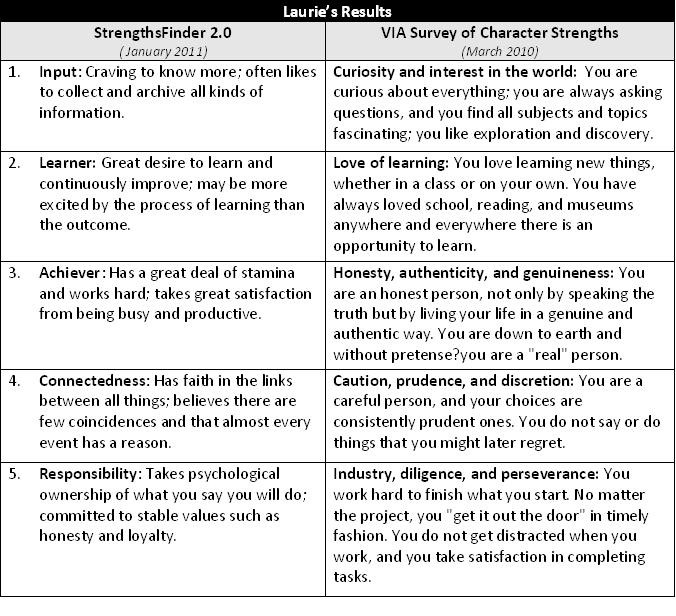Leverage Definition Example
Post on: 16 Март, 2015 No Comment

What it is:
How it works/Example:
Financial Leverage
Let’s look at selected balance sheet and income statement information for Company XYZ.
Company XYZ has invented a new product that will revolutionize the widget market. but it needs to build a new $1,000,000 factory. It must choose between using equity or long-term debt to build the factory. We can see the impact on profits of both decisions.
Scenario A: Raise $1,000,000 by issuing new stock
XYZ is able to raise $1,000,000 by issuing 500,000 new shares at $2 per share. It builds its new factory and immediately sees revenues double and operating expenses increase by $300,000 (about 43%). Let’s look at the impact on its financial statements :
Profit per share has almost tripled. That’s pretty good.
Scenario B: Use financial leverage, raise $1,000,000 in debt
Let’s see what happens if XYZ chooses to use $1,000,000 in debt to finance its new factory. Assume it can borrow at 5% per year .
By using leverage, Company XYZ increases the profit available to shareholders.
Operating Leverage
If we go back to Company XYZ, we can examine the effects of operating leverage on profits. Let’s say the company is trying to choose between building their factory or outsourcing production to a third-party manufacturer. If they outsource production, they will pay $0.75 for each $1 widget they sell.
Scenario C: Outsource production instead of investing in additional fixed assets (the new factory)
As in the previous example, assume the company is able to double revenues when the new widget hits the market.
Comparing the results side-by-side, we can see the effects of leverage on profit potential:
Leverage it is not without risk. It requires a commitment to keep up with the principal and interest payments on the debt. If it’s unable to do so, it will be forced into bankruptcy and shareholders will lose everything.
Why it Matters:
For investors considering companies with debt. one of the most popular evaluations of a company’s leverage is the debt-to-equity ratio (D/E). The interest coverage ratio. also known as times interest earned, is also a measure of how well a company can meet its interest-payment obligations. In general, these ratios suggest whether a company is too safe and is neglecting opportunities to magnify earnings through leverage or is overleveraged and at serious risk of default or bankruptcy.














